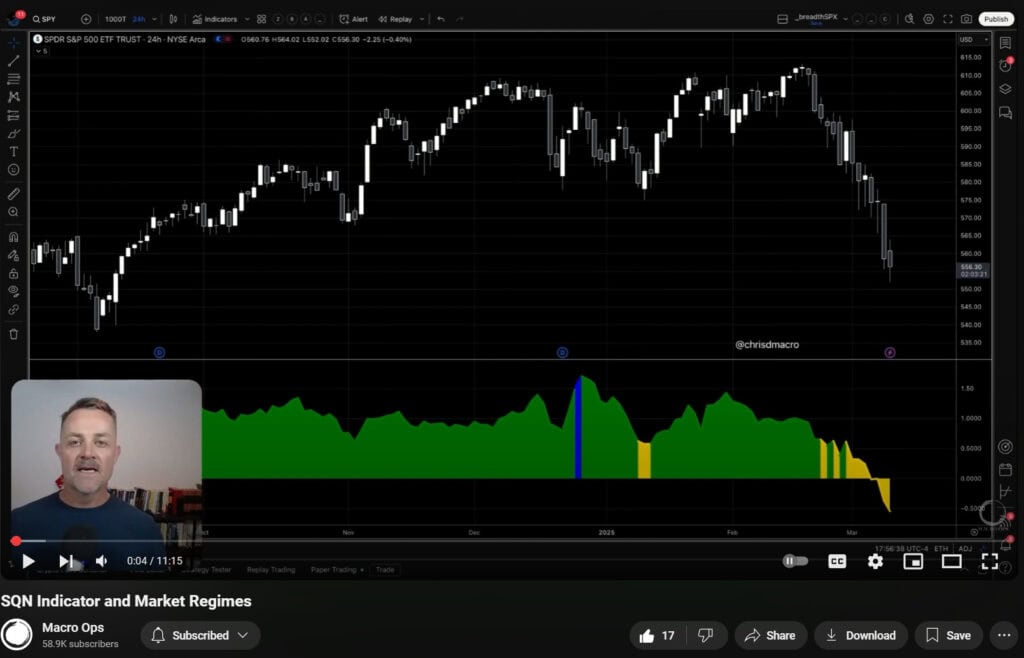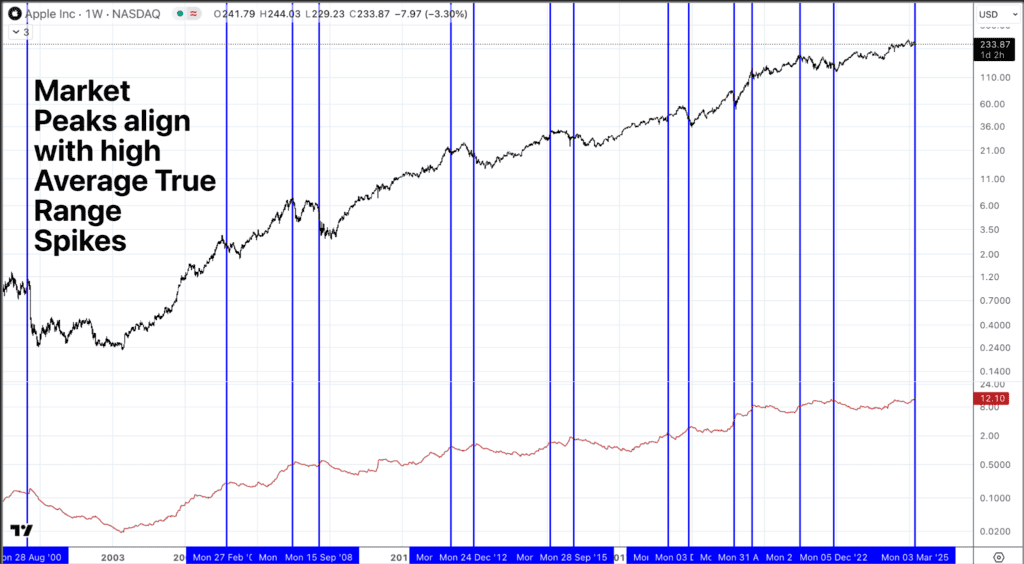The market moves off stories. These stories are based on both the underlying fundamentals and people’s perceptions of the underlying fundamentals.
Our job as traders isn’t to try and predict where the market is going (that’s a fool’s game). Rather, it’s to identify areas of potential asymmetry.
We like asymmetric opportunities as traders because they allow us to be wrong a lot, and still make a boatload of money. And that’s the key to this game. Finding asymmetric opportunities and also creating them through trade management.
The majority of the time, assets and markets, reflect a wide range of stories (ie, people’s perceptions of the underlying fundamentals). This means the market is pricing in a wide range of potential future outcomes. When that’s the case, there tends to be little asymmetry in the price.
Asymmetry is born when a story becomes popular (ie, consensus) and it prices an asset/market to only reflect a very narrow range of outcomes.
Humans are really bad at predicting the future. Probably why Mark Twain said, “Whenever you find yourself on the side of the majority, it is time to pause and reflect.”
This is why it pays to be a contrarian.
The following three things help with identifying asymmetry.
-
- Understand the popular models/beliefs: Know the popular economic models, theories, and beliefs that people use to assess the market and understand the world. This allows you to get a feel for how the market will react to and interpret certain data and events.
- Know the stories: This is more art than science and it’s helped by having a firm grasp on the above. But read constantly, study the headlines, and develop a feel for the stories that are driving prices. Bruce Kovner calls this “listening to the market.” Dominant stories are actually pretty easy to spot, the problem is is that we’re likely to believe in them too. Stories only become consensus because they’re convincing.
- Understand how the economic machine works: Markets and economies are complex systems. It’s impossible to “know” how things will unfold, which is why prediction is pointless. But, even complex systems follow broad-based principles. Knowing these first principles and understanding how the economic machine works a little better than the average market participant allows you to identify dominant stories predicated on faulty models/beliefs. Market prices based on faulty think = mispricings and asymmetry.
It’s not about trying to predict the future. It’s about being aware of many probable outcomes and comparing those to what the market is over/underpricing. You want positive EV, high expected value opportunities, which is (Probability of Winning) x (Amount Won if Correct) – (Probability of Losing) x (Amount Lost If Wrong).
It’s a different approach to markets than the way most do it. It’s an inversion of conventional thinking. Most try to predict where the market is going… they play the “game of being right”. We compare where the market is, to a range of where it could be, and focus on how we can be wrong a lot but still get paid.
Ray Dalio, put it best when he said, “You can’t make money agreeing with the consensus view, which is already embedded in the price. Yet whenever you’re betting against the consensus, there’s a significant probability you’re going to be wrong, so you have to be humble.”







